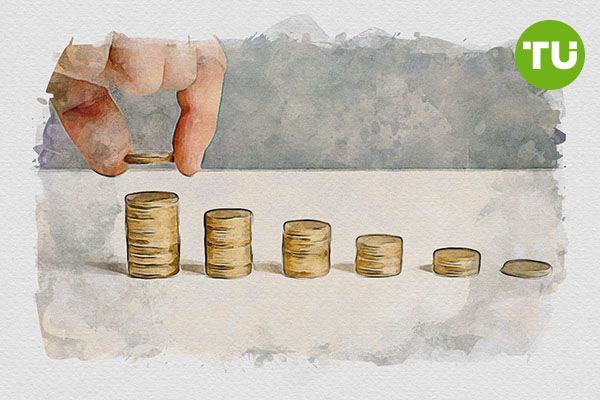Battle for Europe: can USDC dethrone Tether?
 Stablecoin perspectives
Stablecoin perspectives
The stablecoin market has long been dominated by USDT. However, the recently enforced MiCA regulation could dramatically shift the landscape.
The stablecoin market and its leaders
The stablecoin market has become an integral part of the cryptocurrency ecosystem. Millions of people worldwide have embraced the convenience of assets pegged to fiat currencies (e.g., USD or EUR) and actively use them.
USDT (Tether) has been the leader in this segment for the past 10 years, holding approximately 70% of the market. Its dominance stems not only from being the first stablecoin but also due to its liquidity, presence on most cryptocurrency exchanges, and support across multiple blockchain networks such as Ethereum, Tron, and Binance Smart Chain.
Loading...
Tether’s main competitor
However, USDT faces tough competition from USDC (USD Coin), which, although it has a market capitalization two-thirds smaller, has shown steady growth.
USDC is a stablecoin launched by Circle in 2018. Unlike Tether, which has faced regulatory issues regarding its reserves, Circle chose to operate transparently from the outset. The company obtained all necessary licenses and regularly undergoes independent audits to verify its reserves.
Circle’s growth has been remarkable. Over the past year, USDC’s circulation has increased by 78%, with cumulative transaction volume exceeding $20 trillion since its inception. In 2024, USDC outpaced all other stablecoins in market capitalization growth.
Loading...
Operating across 16 blockchains, USDC is used by 500 million people in 180 countries and has partnerships with major financial institutions like Mastercard, MoneyGram, Nubank, Standard Chartered, and Stripe.
Circle and Davos
Circle’s success did not happen overnight. The turning point was the 2022 World Economic Forum in Davos, where cryptocurrencies received significant attention.
Davos is divided into Main events and Side events. While the main events cater to political leaders and large corporations, the side events host parallel activities focused heavily on cryptocurrencies.

One of the pavilions in Davos in 2022. Author: Leonid Khatskevich.
Circle leveraged this platform to promote USDC. Its representatives actively negotiated and positioned USDC as a key topic of discussion at the forum. The outcomes of these efforts are evident in Circle’s financial results for 2024.
MiCA and the future of stablecoins in Europe
In 2025, USDC has the opportunity to not only grow its market capitalization further but also challenge USDT’s dominance. On December 30, 2024, the Markets in Crypto-Assets (MiCA) regulation came into effect. It establishes unified rules for crypto-assets in the EU, including stablecoins.
This poses a challenge for USDT, which does not meet MiCA standards. The regulation requires stablecoin issuers to provide regular independent audits proving full backing with liquid assets. Furthermore, issuers must be registered in the EU and comply with strict regulatory oversight.
Although MiCA is not yet fully implemented, Tether is already feeling its effects. Some European exchanges have delisted USDT to avoid regulatory issues, while others are consulting and awaiting further guidance. While a total delisting of USDT in Europe seems unlikely, its operations in the region may be restricted.
Loading...
A chance for USDC
MiCA offers USDC the best chance to become Europe’s leading stablecoin. Circle is the first stablecoin issuer to comply with the new European standards. This ensures its presence on major cryptocurrency exchanges and paves the way for adoption by large European corporations.
Additionally, USDC’s popularity may surge as the administration of U.S. President Donald Trump considers creating a strategic reserve of U.S.-based cryptocurrencies, including USDC. If this happens, Circle’s market capitalization could multiply, potentially allowing it to surpass its primary competitor, USDT, and cement its position as the dominant stablecoin.













































































































































